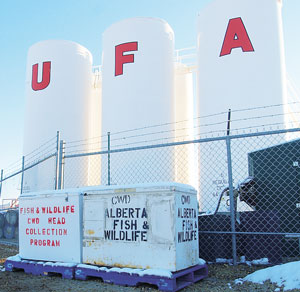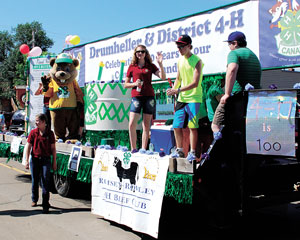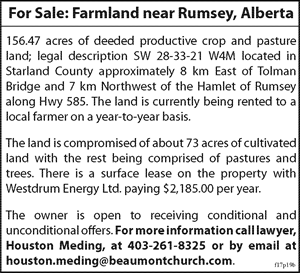The Drumheller and District Chamber of Commerce has disbursed two more substantial donations to help community grow, and it is coming from the World’s Largest Dinosaur Legacy Fund.
Last week the Chamber made two presentations from the fund. One was $3,000 for the Atlas Coal Mine to assist in revamping its machinery exhibit. One was $2,970 for the Badlands Search and Rescue Association to purchase communication equipment. These are hand held radios for in the field communications.
The Legacy Fund helps with small community projects with a value of under $3,000. Every year a portion of the funds raised at the World’s Largest Dinosaur is kept to build the fund. The small project grants are disbursed twice a year.
The fund also takes on large projects and will soon be honouring its commitment by making its fourth $50,000 installment to the Badlands Community Facility.
“The goal of the Legacy Fund was to reinvest that money into the community, and I believe we have done that,” said chamber manager Heather Bitz. “We have given over $540,000 back to the community in large and small projects.”
The next deadline for applying for small project grants will be in March.
.jpg)
(i-r) Chamber manager Heather Bitz presents $2,970 to Jane Dau and Kellie Smith of Badlands Search and Rescue Association. The funds are from the World’s Largest Dinosaur Legacy Fund and will go to communications equipment.





























